Argentine Ants | Argentine Ants: A Significant Challenge for Pest Management
In this article, we will take a closer look at Argentine Ants, their invasion tactics, and effective strategies for controlling and preventing their spread.

Key Takeaways:
- Argentine Ants are an invasive species that pose a significant challenge for pest management.
- Understanding their biology and behavior is crucial in managing Argentine Ants.
- Accurate identification is important to effectively control Argentine Ant infestations.
- There are various control methods available for Argentine Ants, including baits and chemical treatments.
- Proactive prevention measures can help in curbing the spread of Argentine Ants.
Understanding Argentine Ants
To effectively manage Argentine Ants, we need to first understand their behavior and life cycle. Argentine Ants have a scientific name called iridomyrmex humilis and are known for being social insects that live in colonies. These ants often form supercolonies that can span across several close-by territories.
| Characteristics of Argentine Ants: | - Small size, typically only 1/8 inch long |
|---|---|
| - Light to dark brown in color | |
| - Antennae with 12 segments |
Ant colonies are structured and organized, with different ant types performing specific tasks and responsibilities. For example, worker ants collect food, take care of the young ones, and maintain the nest, while the queen's sole purpose is to lay eggs. The queen is the heart of the colony. Without her, the colony would eventually die off.
Ant Colony Structure
The ant colony consists of several chambers and channels that all have different functions. These include:
- Nest chamber: The place where eggs and larvae are raised. The queen usually resides here as well.
- Foraging trail: The pathway that the workers use to travel between the nest and food sources.
- Brood chamber: The area where developing larvae are taken care of by worker ants.
- Troop chamber: Living quarters for the worker ants.
Without a proper understanding of the colony structure and behavior of Argentine Ants, controlling and eradicating them can be challenging. In the following section, we will discuss the tactics Argentine Ants use to establish new colonies and expand their territory.
Argentine Ant Invasion Tactics
When it comes to ant infestation, it's essential to understand the tactics that Argentine Ants employ to invade new areas and expand their territory. These ants are known for their aggressive and invasive nature, which can quickly lead to pest eradication challenges.
One of the ways that Argentine Ants establish new colonies is by finding food sources. These ants have a strong preference for sweet foods, such as honeydew produced by aphids. They also consume dead insects and other small animals.
Did you know? Argentine Ants can form supercolonies with hundreds of queens working together, making it difficult to eradicate them.
In addition to seeking out food, Argentine Ants also establish territories by aggressively encountering other ant colonies. They use their superior numbers and coordination to outcompete and displace other ant species, cementing their dominance in the area.
Their preference for nesting in warm, moist environments, such as under rocks and in mulch, further contributes to their rapid spread and ant infestation.

Challenges in Pest Eradication
Eradicating Argentine Ant infestations can pose significant challenges, even with the use of chemical treatments. One of the main obstacles is their expansive network of interconnected nests, making it challenging to locate and target all colonies.
Furthermore, Argentine Ants have a remarkably high level of adaptability, meaning they can quickly develop resistance to chemical treatments used for pest management. It's crucial to employ a comprehensive approach that utilizes multiple control methods and preventive measures, such as physical exclusion and baiting techniques.
Tip: To help prevent the spread of Argentine Ants, avoid moving infested materials, such as potted plants and soil, to other locations. If you're unsure, inspect the materials for ants before transportation.
Identifying Argentine Ants
When it comes to addressing Argentine Ant infestations, identifying the specific species is a crucial first step in effective pest management. By knowing the distinguishing characteristics of these nuisance pests, it is easier to differentiate them from other common ant types.
Appearance: Argentine Ants are small, usually between 1.5 and 3 mm in length. Workers are uniformly colored light to dark brown, while queens can be up to twice the size of workers.
Behavior: Argentine Ants are attracted to sweet foods and liquids, and forage both inside and outside of buildings. They build their nests near moisture, in sheltered locations such as under stones, boards, and plants, but they can also infest wall voids and roofs.
| Feature | Argentine Ants | Other Ants |
|---|---|---|
| Color | Uniformly light to dark brown | Varies widely by species |
| Number of Petiole Nodes | One | Varies widely by species |
| Head Shape | Square-shaped head with sculptured grooves on the head and thorax | Varies widely by species |
| Behavioral Traits | Attracted to sweet foods and liquids; establishes large, multi-queen colonies | Behavior differs by species |
Note: Although Argentine Ants have specific characteristics that distinguish them from other ants, it's important to note that physical identification may be challenging. If you're unsure about the existence of an Argentine Ant infestation, contact a professional pest management service.
Controlling Argentine Ants
When it comes to controlling Argentine Ants, implementing effective ant control strategies is vital. These strategies can be grouped into three main categories: physical exclusion, baiting techniques, and chemical treatments.
Physical Exclusion
To prevent ants from entering your home, you could consider sealing off potential entry points, such as doors, windows, and cracks in walls. Using weather stripping and caulk to seal gaps will help eliminate entry points for ants. Ensure doors and windows are closed and adequately sealed when not in use. Repellent strips can also be placed in areas where ants are most likely to enter, such as along baseboards, the bottom of doors, and near windows.
Baiting Techniques
Baiting techniques help to eliminate ant colonies by luring worker ants to toxic baits that they will carry back to their colony, ultimately leading to the destruction of the colony. There are many commercial ant baits available in the market today, formulated for a range of ant species. Care must be taken when applying bait, ensuring that it is placed in an area where ants are active, but inaccessible to children and pets. Placing bait outside your home, near entry points or the suspected nest, may also help to control the ant population.
Chemical Treatments
Chemical treatments are another common method of ant control. An insecticide is sprayed on areas around the perimeter of the home, on nests, and areas where ants are present. Care must be taken not to come in contact with the insecticide, as it may be harmful to humans and pets. It is best to leave this method of control to professionals who have the necessary equipment and expertise to handle chemicals safely and effectively.
It is important to note that while do-it-yourself approaches may work for some ant infestations, seeking professional pest management services may be necessary for severe infestations or persistent ant problems.

Preventing Argentine Ant Spread
As we have seen, Argentine Ants are highly invasive, making it crucial to take proactive measures to prevent their proliferation. By minimizing favorable conditions for their colonies to thrive, we can reduce the spread of iridomyrmex humilis and linepithema humile. Below are some effective strategies to help keep these nuisance pests under control:
Eliminating Food and Water Sources
Argentine Ants are attracted to sweet and greasy foods and require water to survive. Therefore, it is essential to deny them access to these resources. Properly store food in sealed containers and clean up any spills or crumbs immediately. Consistently clean and dry sinks, counters, and other areas where moisture accumulates to eliminate water sources and discourage ant activity.
Sealing Entry Points
Seal any entry points that Argentine Ants could use to gain access to your home or property. Check for gaps around windows and doors, utility openings, and outdoor vents. Caulk, seal, and weather strip these areas to prevent ants from entering.
Implementing Ongoing Monitoring
Regular monitoring is essential to quickly detect any signs of renewed ant activity. Place sticky traps and bait stations in areas where ants are likely to forage, such as kitchens, pantries, and garbage cans. Inspect and replace baits frequently to ensure their effectiveness.
By implementing these measures, you can help prevent the spread of Argentine Ants in your home and surrounding areas. Remember, early detection is key to effective ant control and eradication.
Conclusion
As we wrap up our discussion on Argentine Ants, we recognize that these invasive pests pose a significant challenge in pest management. However, we have also learned that by arming ourselves with knowledge and effective strategies, we can effectively control and prevent their spread.
Remember, identifying Argentine Ants correctly is crucial for devising an effective control plan. And while there are various control methods to consider, it may be necessary to enlist the help of professional pest management services. By being proactive in preventing their spread, we can reduce their impact on our environment and households.
Thank you for reading, and we hope this article has provided valuable insights into managing Argentine Ants.
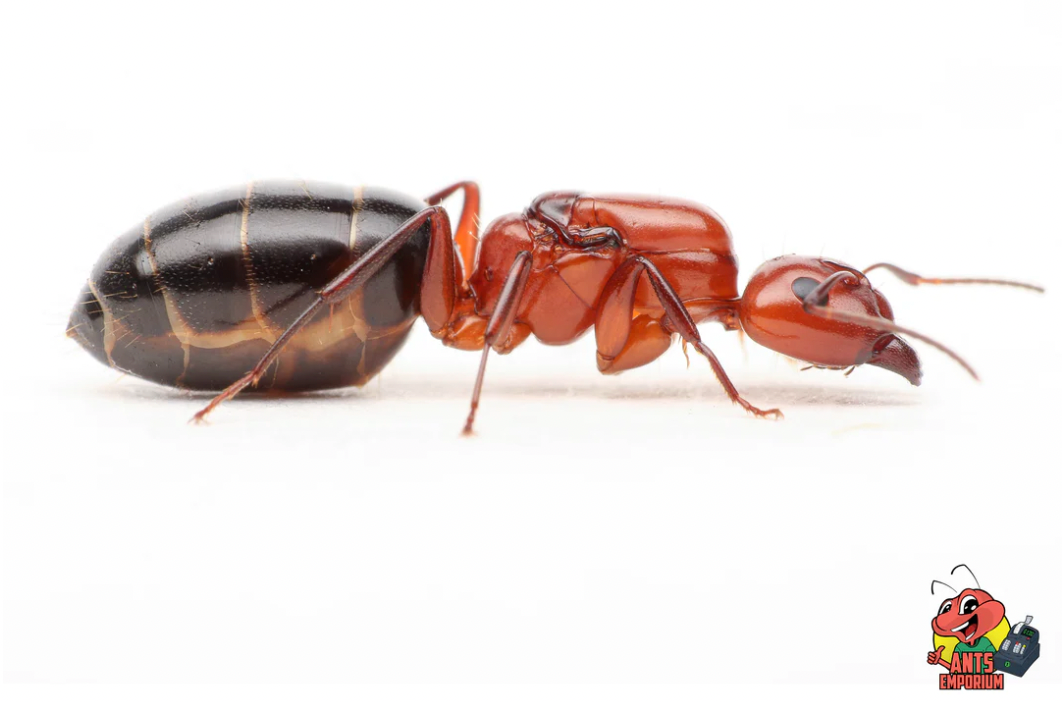
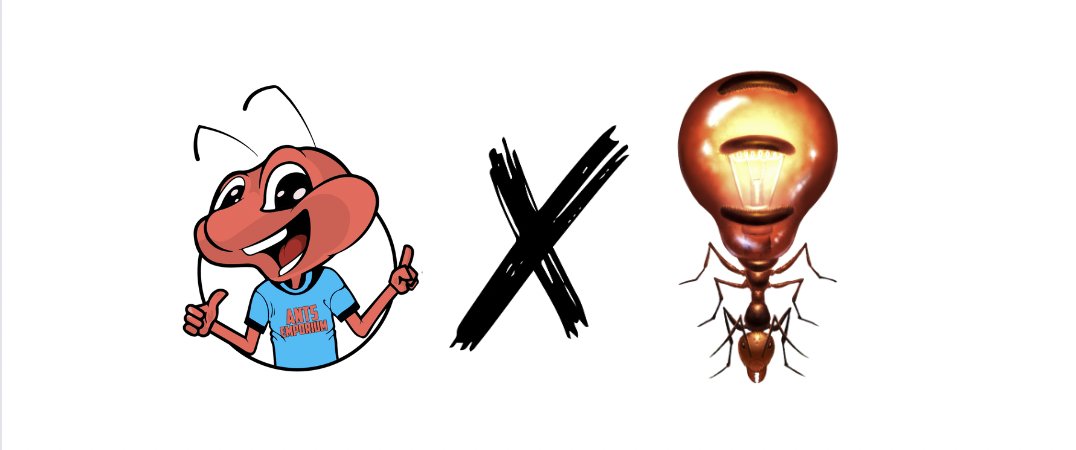
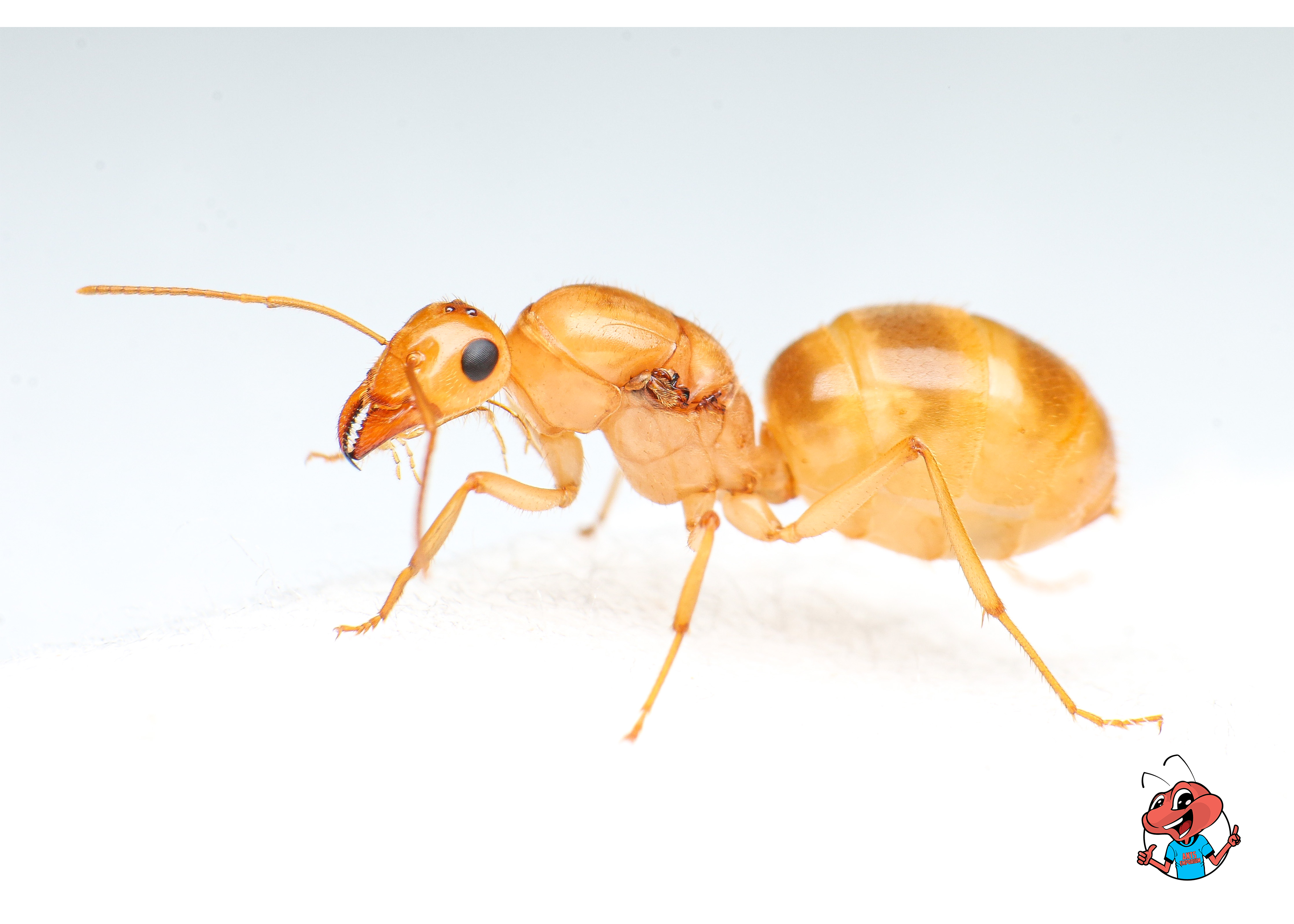
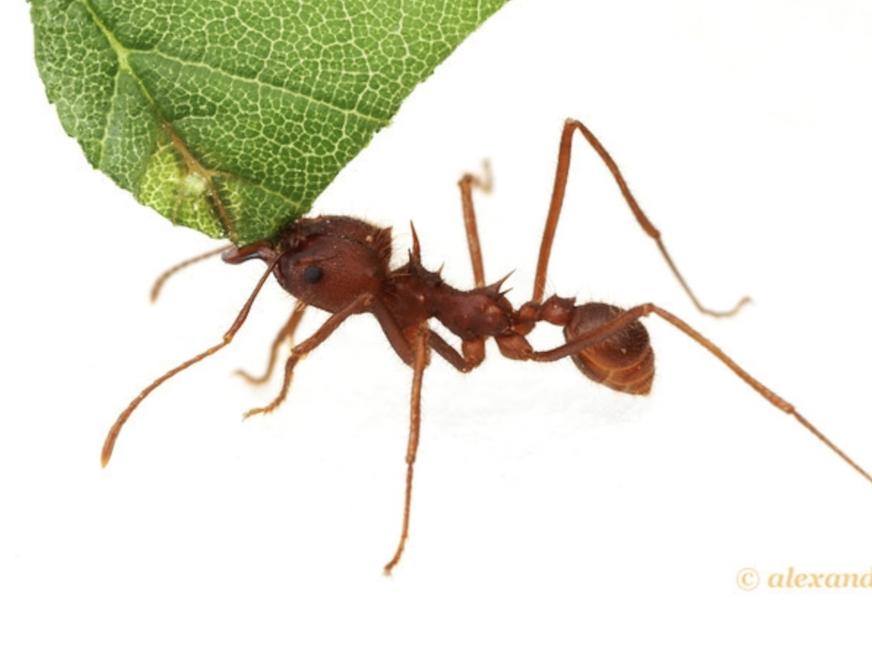
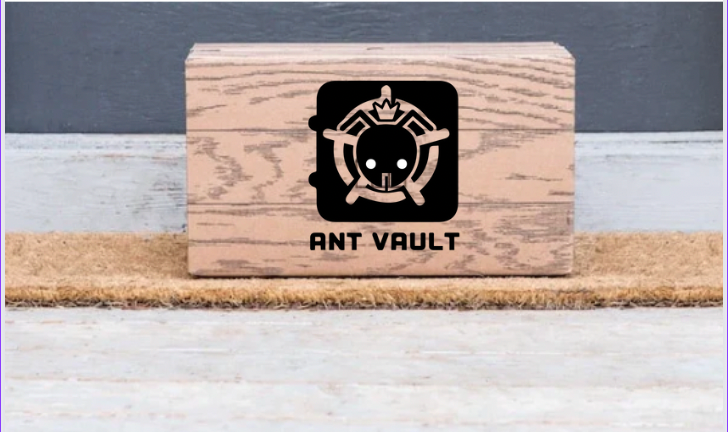


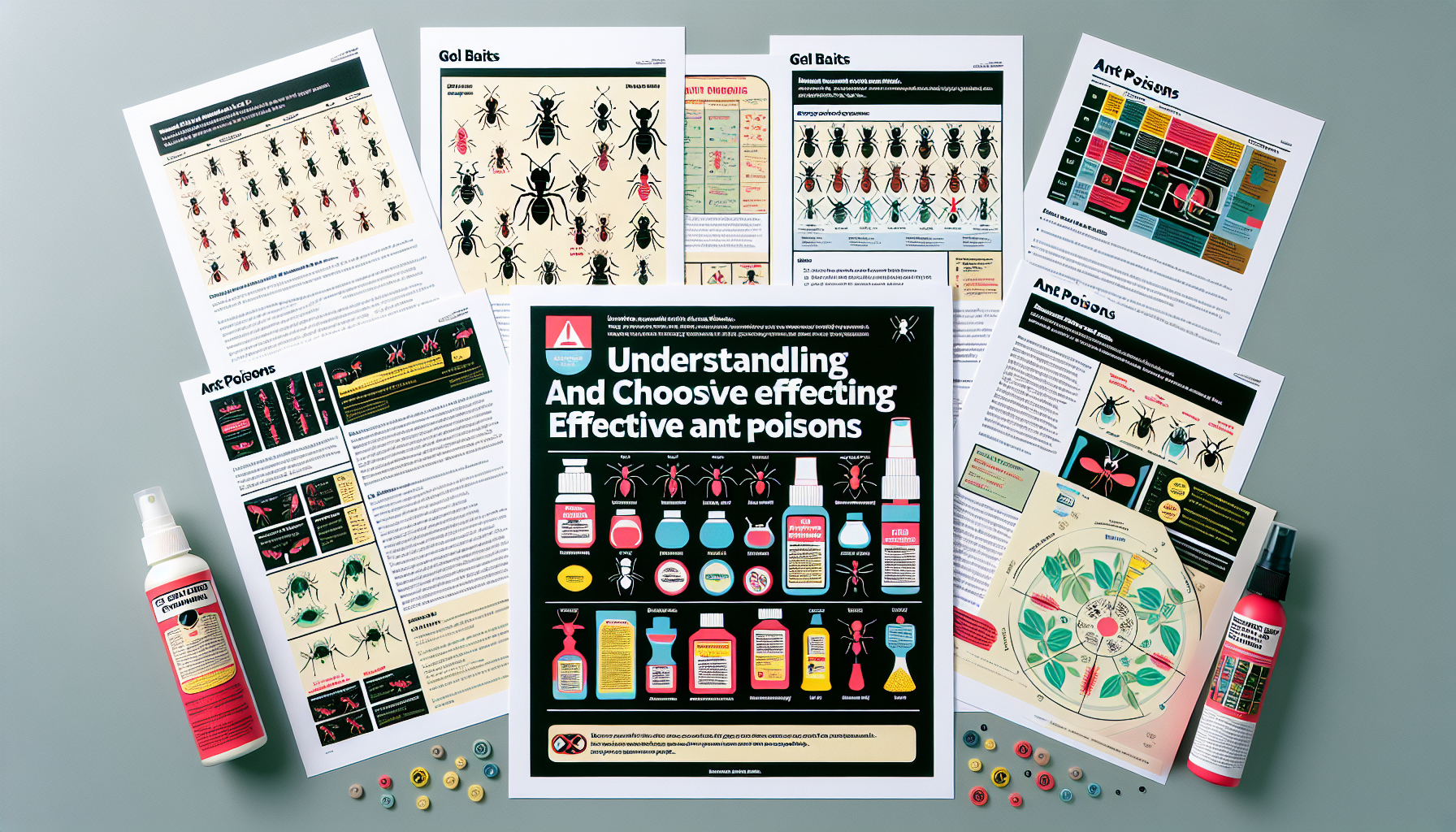
Leave a comment